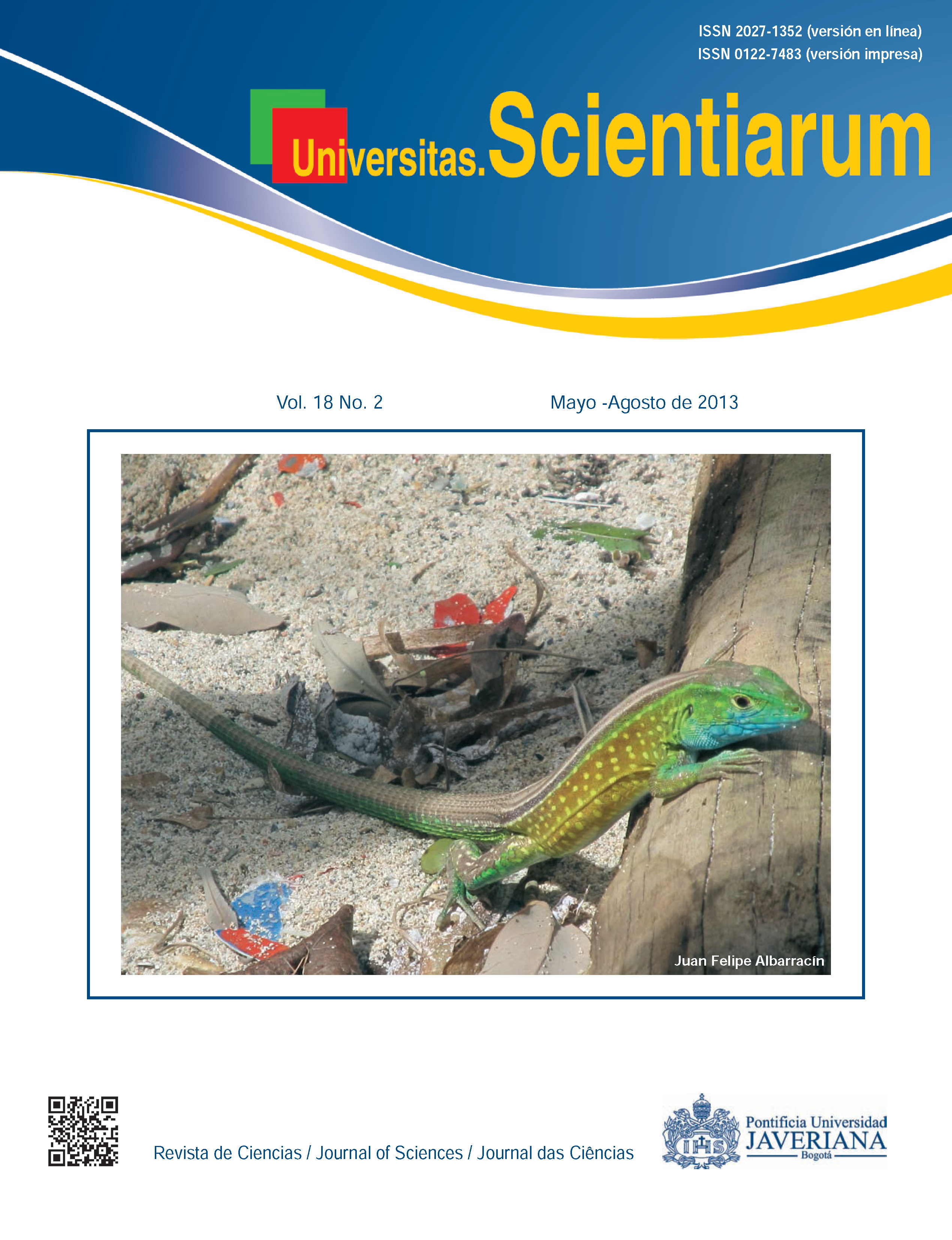Abstract
To increase the ionic conductivity of solid polymer electrolyte, (PEO)10 CF3 COONa, we formed new composites by adding alumina particles as a filler. We prepared these composites by dissolving them in a liquid solvent, and characterized them through impedance spectroscopy (IS), using a Pt/electrolyte/Pt electrode configuration. The combination of polyethylene oxide (PEO) with sodium trifluoroacetate (CF3COONa) produced a reduction in resistance of up to two orders of magnitude in Nyquist plots, and up to three orders of magnitude when we added Al2O3 particles at room temperature. DC conductivity concentration graphs show an increase in the ionic conductivity with low alumina concentrations. The new synthesized ionic conductor composite presented conductivity values of 2.00x10-5 Scm1 at room temperature and of 7.70x10-4 Scm-1 at a temperature of 383 K. Two sections of the conductivity diagrams also evidenced a temperature induced Arrhenius behavior, indicating a thermally activated process. Higher concentrations of Al2O3 induced a Vogel-Tamman-Fulcher (VTF) behavior. Conductivity variations produced by Al2O3 concentration are linked to the number of sites involved in ion transport between Al2O3 ionic electrolyte species through Lewis acid-base interactions
Univ. Sci. is registered under a Creative Commons Attribution 4.0 International Public License. Thus, this work may be reproduced, distributed, and publicly shared in digital format, as long as the names of the authors and Pontificia Universidad Javeriana are acknowledged. Others are allowed to quote, adapt, transform, auto-archive, republish, and create based on this material, for any purpose (even commercial ones), provided the authorship is duly acknowledged, a link to the original work is provided, and it is specified if changes have been made. Pontificia Universidad Javeriana does not hold the rights of published works and the authors are solely responsible for the contents of their works; they keep the moral, intellectual, privacy, and publicity rights. Approving the intervention of the work (review, copy-editing, translation, layout) and the following outreach, are granted through an use license and not through an assignment of rights. This means the journal and Pontificia Universidad Javeriana cannot be held responsible for any ethical malpractice by the authors. As a consequence of the protection granted by the use license, the journal is not required to publish recantations or modify information already published, unless the errata stems from the editorial management process. Publishing contents in this journal does not generate royalties for contributors.



